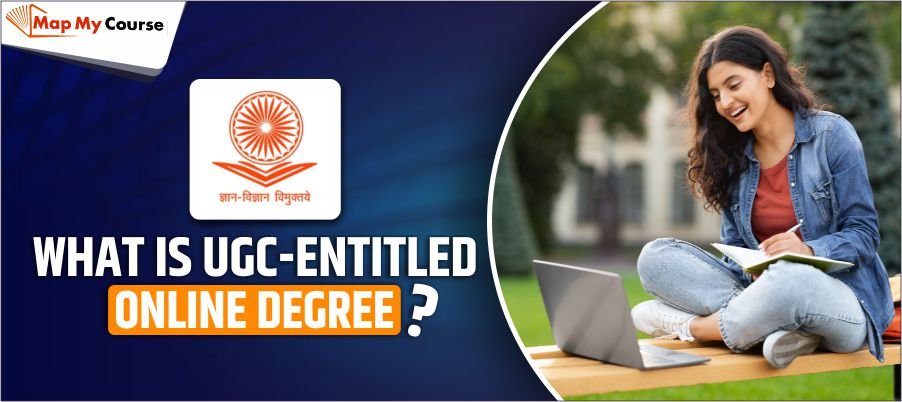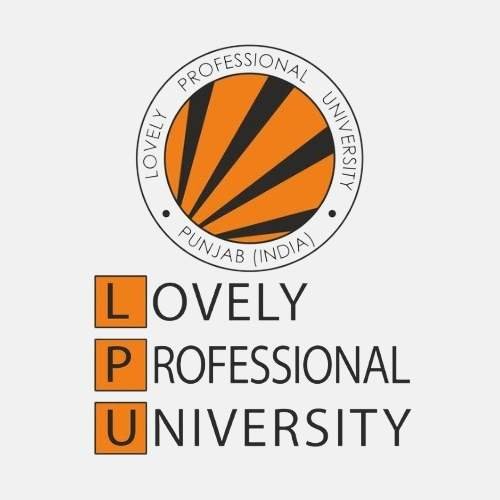When it comes to flexible study options in India, two terms often come up — ODL mode and online mode. At first glance, they might seem the same, but they are different.
ODL mode in education means Open and Distance Learning, where students study from printed books or digital notes without going to college every day. It is different from the online mode, where classes, tests, and study materials are all on the internet.
This blog is about what ODL mode is, what online mode is, and the main differences between them. We’ll also look at the pros and cons of each, so you can choose the one that fits your needs best.
What is ODL Mode in Education?
ODL, which means Open and Distance Learning, is a flexible way of studying where students can learn at their own pace, place, and time — without having to sit in a traditional classroom every day.
This mode is perfect for those who can’t attend regular college because of reasons like a full-time job, living in a remote area, or personal responsibilities at home. In ODL, universities usually provide printed study materials, recorded lectures, and sometimes even organise weekend contact classes to help students.
In India, many students choose ODL because it gives them the freedom to balance education with work and family life. Popular universities like IGNOU, DU SOL, and YCMOU offer many courses through ODL mode.
What is the Online Mode of Education?
Online mode of education is a way of studying where everything is done digitally over the internet. Instead of going to college every day, students attend live or recorded classes, access study materials, and even take exams using online platforms.
It lets students learn remotely from their home, workplace, or anywhere with a stable internet connection. Students can also ask doubts, join discussion forums, and interact with teachers through video calls or chat.
Online mode has become very popular in India, especially after the pandemic, because it offers complete flexibility and removes the need to be on campus physically.
ODL vs Online Mode: Key Differences Explained
Aspect | ODL Mode (Open and Distance Learning) | Online Mode |
Study Materials | Printed books, sometimes CDs/DVDs, and limited digital support | Fully digital materials: videos, PDFs, e-books, quizzes |
Mode of Learning | Self-study + occasional face-to-face contact classes | Live/recorded classes, interactive sessions, discussion forums |
Internet Dependency | Not fully dependent; students can study offline | Completely dependent on stable internet connection |
Flexibility | High flexibility to study anytime with printed material | High flexibility, but classes and assessments are fully online |
Interaction | Limited; mostly during contact classes at study centres | Regular interaction with teachers & classmates through online platforms |
Exams | Mostly offline at designated centres | Mostly online, sometimes at physical centres |
Recognition | Recognised if approved by UGC-DEB (e.g., IGNOU, DU SOL) | Recognised if approved by UGC and offered by accredited universities |
Practical Sessions | Limited; only if organised during contact classes | Can include online simulations, virtual labs, projects |
Cost | Generally lower fees, as infrastructure cost is less | May be slightly higher, depending on technology and platform used |
Suitable For | Students in remote/rural areas, working professionals, or those without regular internet | Students with good internet access who prefer digital learning |
Pros and Cons of ODL and Online Learning
Pros of ODL Mode
- Study anytime, anywhere
ODL mode lets students learn at their own pace, without needing to attend daily classes. This is ideal for those who have jobs, family responsibilities, or live far from colleges. - Less internet dependency
Most study materials are provided in printed form, so students don’t have to rely heavily on the internet. This makes it suitable for learners in rural areas or places with limited connectivity. - Affordable education
ODL programmes usually have lower fees compared to regular college courses or some fully online programmes, making higher education accessible to more students. - Recognised qualifications
Degrees earned through UGC-DEB-approved ODL universities like IGNOU, DU SOL, and YCMOU are valid and widely accepted in India for jobs and further studies. - Access for remote learners
Students living in smaller towns or villages can pursue graduation or post-graduation without moving to a city.
Cons of ODL Mode
- Limited real-time interaction
There are only a few contact classes organised by the university, so students get fewer chances to interact directly with teachers and classmates. - Offline exams
Most ODL programmes require students to visit exam centres to take their exams, which can be inconvenient if centres are far away. - Less hands-on learning
ODL mode often lacks practical sessions, live discussions, or group projects, which some students find helpful. - Needs self-discipline
Since there are no regular classes, students have to plan their study schedule and stay motivated to complete assignments and prepare for exams.
Pros of Online Mode
- Flexibility and convenience
Students can attend classes and complete assignments at their own pace and schedule. This makes it easier to balance education with work, internships, or family responsibilities. - Accessibility
Online courses can be accessed from anywhere with an internet connection. This opens doors for students living in small towns, remote areas, or those who face physical limitations. - Cost-effective
Many online programs have lower tuition fees compared to regular courses. Students also save money on travel, hostel, and other campus-related expenses. - Self-paced learning
Students can watch recorded lectures again, go through study materials multiple times, and learn at a speed that suits them best. - Wide range of options
Online platforms offer diverse courses, certifications, and specialisations that may not be easily available in local colleges. - Comfortable learning environment
Studying from home or any familiar space can reduce stress and make learning feel more relaxed.
ODL Vs Online Mode: Which is Better for You?
Choose ODL mode if:
- You live in an area with poor or unstable internet connection.
- You prefer studying from printed books instead of screens.
- You need more flexibility and don’t mind attending offline exams at centres.
- You’re comfortable with self-study and occasional contact classes.
Choose online mode if:
- You have good internet access and a smartphone, laptop, or computer.
- You like interactive learning through live classes, videos, and digital tools.
- You want to ask questions directly in live sessions and discuss topics with classmates.
- You’re comfortable using technology and studying fully online.
Check Out Our More Blogs
Conclusion
ODL mode and online mode both make it easier for students to study without going to regular college.
ODL mode is good for those who want to study at their own pace, use printed books, and don’t have strong internet at home.
Online mode is better for students who have good internet and like live classes, videos, and chatting with teachers and classmates online.
In the end, the right choice depends on where you live, your internet connection, and how you like to study. Pick the mode that fits your life best and helps you finish your course comfortably.
Frequently Asked Questions
Q1: What does ODL mean?
Ans: ODL means Open and Distance Learning. You study from books and materials at home instead of going to college every day.
Q2: Is online mode the same as ODL mode?
Ans: No. Online mode uses the internet for classes and study materials. ODL mode mostly uses printed books and sometimes has offline classes.
Q3: Which is cheaper — ODL or online mode?
Ans: Generally, ODL mode is more affordable because it doesn’t need as much technology or internet usage. But fees can vary by university.
Q4: Are degrees from ODL mode valid in India?
Ans: Yes, if the programme is offered by a UGC-DEB approved university like IGNOU, DU SOL, or others.
Q5: Who should choose online mode?
Ans: Students who have good internet access and like interactive, digital learning with live or recorded classes.


















